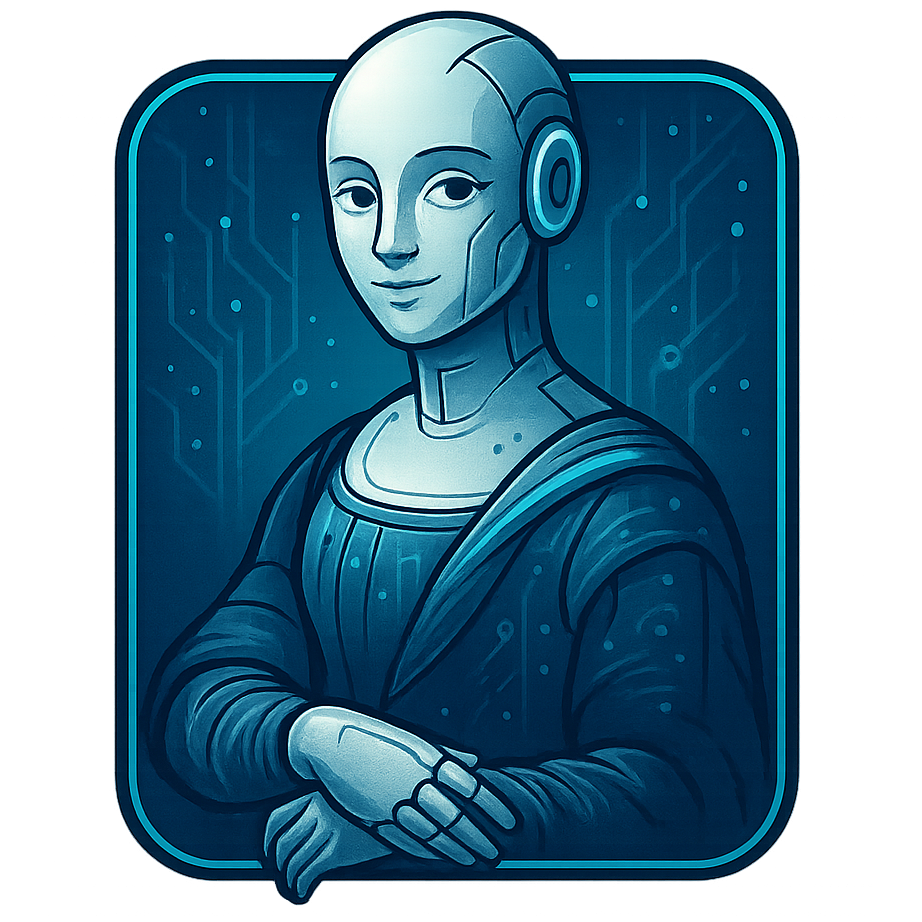The democratization of AI hardware continues, with users reporting success running large language models (LLMs) on surprisingly affordable setups. A recent experiment involved two AMD Instinct MI50 32GB cards—picked up for a combined ~$230 USD on a Chinese second-hand market—configured for vLLM inference. While these MI50s lack video output and require some BIOS gymnastics (disabling CSM, enabling Above 4G decoding), they functioned as compute workhorses for local LLM workloads. Notably, a modified version of vLLM was necessary due to incomplete support for AMD on official builds, and common quantization formats (GGUF, GPTQ, AWQ) remain problematic on this platform. Despite these caveats, the system handled 8 concurrent prompts with reasonable performance, suggesting that, for tinkerers willing to trade ease-of-use for price, AMD’s older server GPUs can still deliver value for self-hosted AI (more: url).
On the high end, the perennial question of “multiple consumer GPUs vs. a single workstation card” persists. A user debated whether to deploy three modded RTX 4090s (48GB each) or a single RTX Pro 6000 (96GB). The three-card setup would offer more aggregate VRAM (144GB) but brings potential efficiency hits and higher power consumption, especially in multi-GPU configurations. In colocation environments, power may be less of a concern, making multi-GPU attractive for massive context or batch workloads (more: url).
Meanwhile, Apple’s M4 Mac Minis enter the fray as a possible alternative to Nvidia’s 4090s for self-hosted LLMs via Ollama. The trade-offs are nuanced: Apple silicon offers impressive efficiency and unified memory but lacks CUDA ecosystem maturity, while Nvidia’s cards remain the gold standard for throughput and compatibility. The decision ultimately hinges on workload specifics, total cost of ownership, and operational complexity—especially when considering chaining together multiple Mac Minis versus running dual 4090s (more: url).
A growing trend in agent workflow orchestration is the use of containerized environments for safety, reproducibility, and scalability. Dagger’s new open-source tool, container-use, implements this pattern by giving each coding agent an isolated container—each mapped to its own Git branch. This approach enables multiple agents to operate without conflicts, supports rapid experimentation, and allows for instant rollback of failed attempts. Real-time command logging and direct terminal intervention provide transparency and control, a marked improvement over black-box agent behaviors.
Notably, container-use is designed as an open Model Context Protocol (MCP) server, compatible with agents like Claude Code and Cursor. This universality means users aren’t locked into a single vendor or model, a significant factor for organizations seeking flexibility. Early adopters should expect rough edges, but the project is evolving rapidly, reflecting the community’s appetite for robust, auditable agent infrastructure (more: url).
Enterprises prototyping AI assistants for internal knowledge retrieval face a familiar challenge: balancing capability, compliance, and cost. A recent bake-off between Claude, OpenAI’s GPT-4o, and AI21’s Jamba Mini 1.6 for long-context Retrieval-Augmented Generation (RAG) highlights the practical trade-offs.
Claude excels in handling ambiguity and maintaining a natural conversational tone over extended sessions, but struggles with consistent structured outputs (like JSON or FAQs), which are vital for downstream UI integration. GPT-4o’s function calling is a plus, but its context window becomes unreliable past roughly 40,000 tokens, requiring vigilant context management to avoid hallucinations or drift. Jamba Mini 1.6, by contrast, handled 50–100k token inputs with stable, grounded responses and delivered structured outputs more reliably—though documentation gaps and limited support for batch/streaming operations remain pain points.
Deployment in regulated environments (e.g., VPCs, on-prem) and cost control are top priorities, with open-source models gaining ground as viable alternatives when compliance trumps raw performance (more: url).
The intersection of large language models and autonomous driving is advancing rapidly, with new research focusing on both planning and inference efficiency. The AsyncDriver project, presented at ECCV 2024, introduces an asynchronous LLM-enhanced planner for autonomous vehicles. The implementation targets both NVIDIA Jetson Orin (ARM64) and x86_64 platforms, streamlining deployment across edge and server-class hardware. Detailed environment setup and dependency management instructions underscore the practical hurdles in real-world LLM integration for robotics (more: url).
On the acceleration front, the dLLM-Cache paper proposes adaptive caching for diffusion-based LLMs, achieving up to 9.1x speedup over conventional diffusion pipelines without sacrificing performance. Evaluated on models like LLaDA 8B and Dream 7B, dLLM-Cache brings ARM-level inference speeds to standard hardware, a notable step toward real-time, edge-friendly LLM applications in domains like autonomous driving and robotics (more: url).
The open-source LLM ecosystem continues to flourish, with new tools and demos lowering the barrier to local AI experimentation. Ollama, a popular framework for running LLMs on consumer hardware, now has a revamped open-source iOS client written in Swift. This client enables users to interact with local Ollama servers from their iPhones, combining the convenience of mobile with the privacy and control of self-hosted models. The full source is available for customization, further empowering the DIY AI community (more: url).
Meanwhile, semantic search capabilities are becoming more accessible thanks to models like Qwen3 0.6B. A community demo showcases in-browser semantic search using transformers.js, running entirely client-side. While currently limited to basic cosine similarity ranking (due to the absence of an ONNX-quantized reranker model), the project demonstrates the potential of small, efficient models for personal knowledge management and search without server dependencies (more: url).
Open-source voice AI is also advancing. The vui project provides small conversational speech models, trained on 40,000 hours of audio, that can run on consumer GPUs. Features include voice cloning (with caveats on fidelity) and multi-speaker context awareness. While hallucinations remain a challenge, these models offer a glimpse into the future of on-device, privacy-preserving voice assistants (more: url).
Text-to-video synthesis is rapidly closing the gap with proprietary systems. The Wan14BT2VFusioniX model merges WAN 2.1 with several research-grade components, including CausVid for motion, AccVideo for temporal alignment, and MoviiGen for cinematic effects. The result is a high-performance text-to-video model optimized for ComfyUI workflows, delivering strong motion, scene consistency, and visual detail—even with as few as 6–8 inference steps. All merged components use permissive licenses, making FusionX a compelling open-source alternative for creative professionals and hobbyists seeking fine-grained control (more: url).
On the text side, KwaiCoder-AutoThink-preview is drawing attention for its creative writing and reasoning abilities. The model appears to use a dual-LLM system (“Judge” and “Thinker”), with the Judge determining when to allocate more computational “thinking” to a prompt. Early users report impressive creative output and robust reasoning, though questions remain about its coding and math performance compared to other large models. The model is available in GGUF format and works with tools like LM Studio (more: url).
YOLO-World pushes the boundaries of real-time, open-vocabulary object detection by fusing vision-language modeling with the established YOLO framework. The key innovation is the RepVL-PAN module and a region-text contrastive loss, enabling the model to detect objects in a zero-shot manner—without being restricted to categories seen during training. On the LVIS dataset, YOLO-World achieves 35.4 average precision at 52 FPS on a single V100 GPU, surpassing many state-of-the-art alternatives in both speed and accuracy. The model also excels at instance segmentation tasks, bringing versatile open-world recognition closer to practical deployment (more: url).
In programming tools, Zig has made its self-hosted x86 backend the default in debug mode (except on Windows), replacing LLVM for code generation. The Zig backend now passes more behavior tests than LLVM’s, offering dramatically faster compile times—down to 275ms from 918ms for a simple hello world binary, with significant reductions in memory and instruction usage as well. This speed boost could make Zig a more attractive language for rapid prototyping and systems programming, especially as the backend matures (more: url).
On the scripting side, a practical tip emerged for Bash users: the timeout command cannot directly wrap shell built-ins like until. The workaround is to execute the logic inside a subshell or external script, enabling time-limited polling loops for tasks such as service health checks. While not earth-shattering, these small lessons save time and headaches in automation workflows (more: url).
Meanwhile, the OpenPOWER Foundation continues to champion open hardware and software around the PowerPC CPU ISA, fostering an ecosystem for AI, supercomputing, and hyperscale applications. The foundation’s efforts seek to democratize access to high-performance RISC architectures, offering an alternative to x86 and ARM for specialized workloads (more: url).
In fundamental research, optical trapping has taken a leap beyond traditional electric field-based methods. New experimental work demonstrates the trapping of high-refractive-index nanoparticles (like silicon) using optical magnetic field interactions and the photonic Hall effect. This approach extends the theoretical and practical boundaries of optical trapping, introducing new forces and breaking some of the limitations imposed by Earnshaw’s theorem. The results open doors for advanced manipulation of nanoparticles, novel optical matter formation, and deeper exploration of symmetry-breaking in photonic systems (more: url).
In the realm of mathematical physics, recent progress on (0,2) mirror symmetry for non-Kähler manifolds provides new examples and formalism using vertex algebras and the chiral de Rham complex. These developments deepen our understanding of dualities in string theory and the geometry of complex manifolds, with implications for both mathematics and theoretical physics (more: url).
The open-source LLM community continues to benefit from rapid quantization and deployment cycles. Deepseek-R1-0528 is now available as a 4-bit quantized model for MLX, reportedly offering fast inference for those needing efficient local deployment (more: url).
On the coding utility front, a new Linux screenshot tool (“gshot-copy”) streamlines the process of capturing, uploading, and sharing screenshots, including direct pasting into AI chatbots like Claude. Small, focused utilities like this highlight the ongoing fusion of developer tooling and AI workflows (more: url).
Finally, hardware reliability remains an ever-present concern, as illustrated by a video teardown of a faulty 120W Anker GAN Prime charger. While the details are specific to power electronics, the broader lesson is clear: even “smart” hardware can fail in subtle ways, underscoring the need for transparency and analysis at all layers of the stack (more: url).


